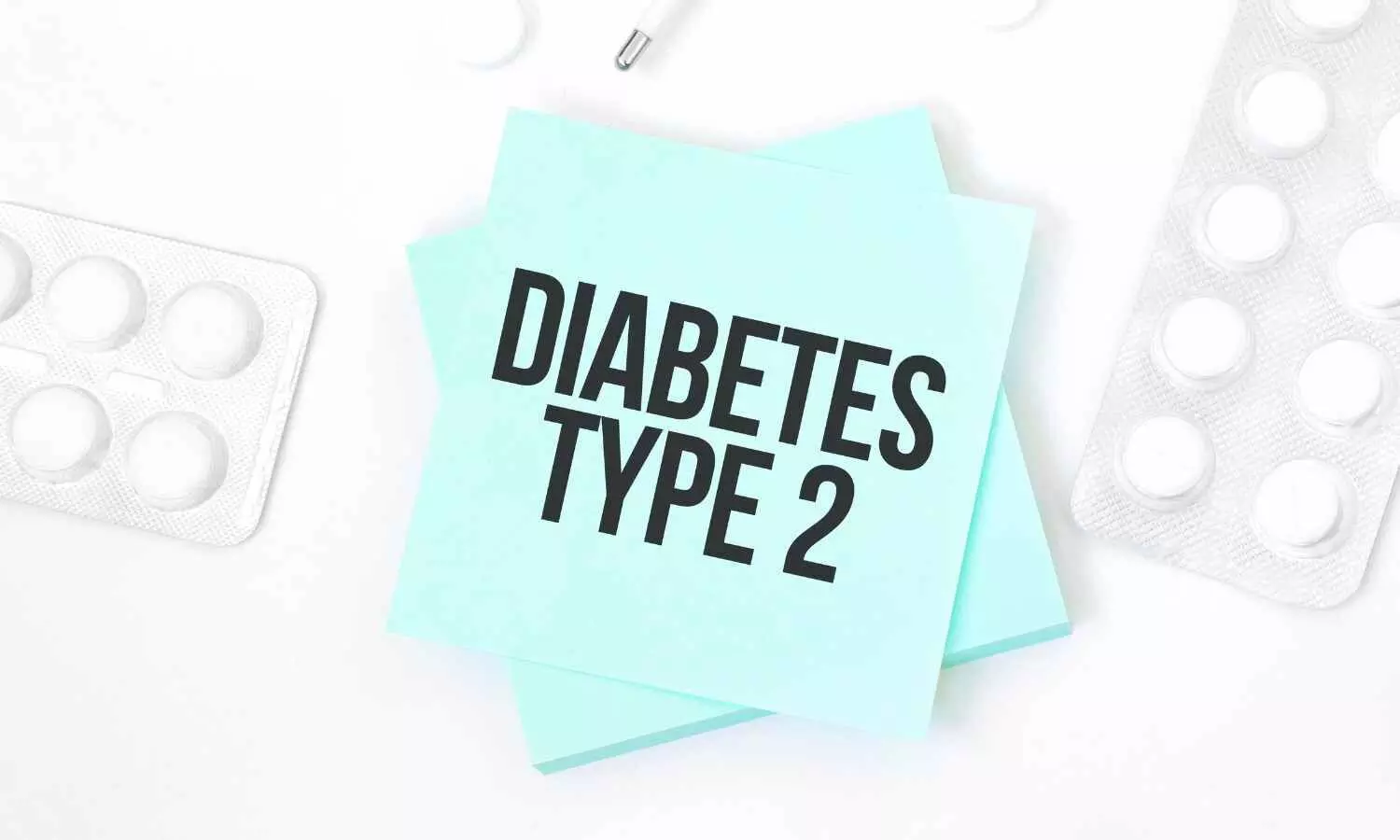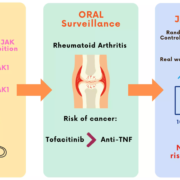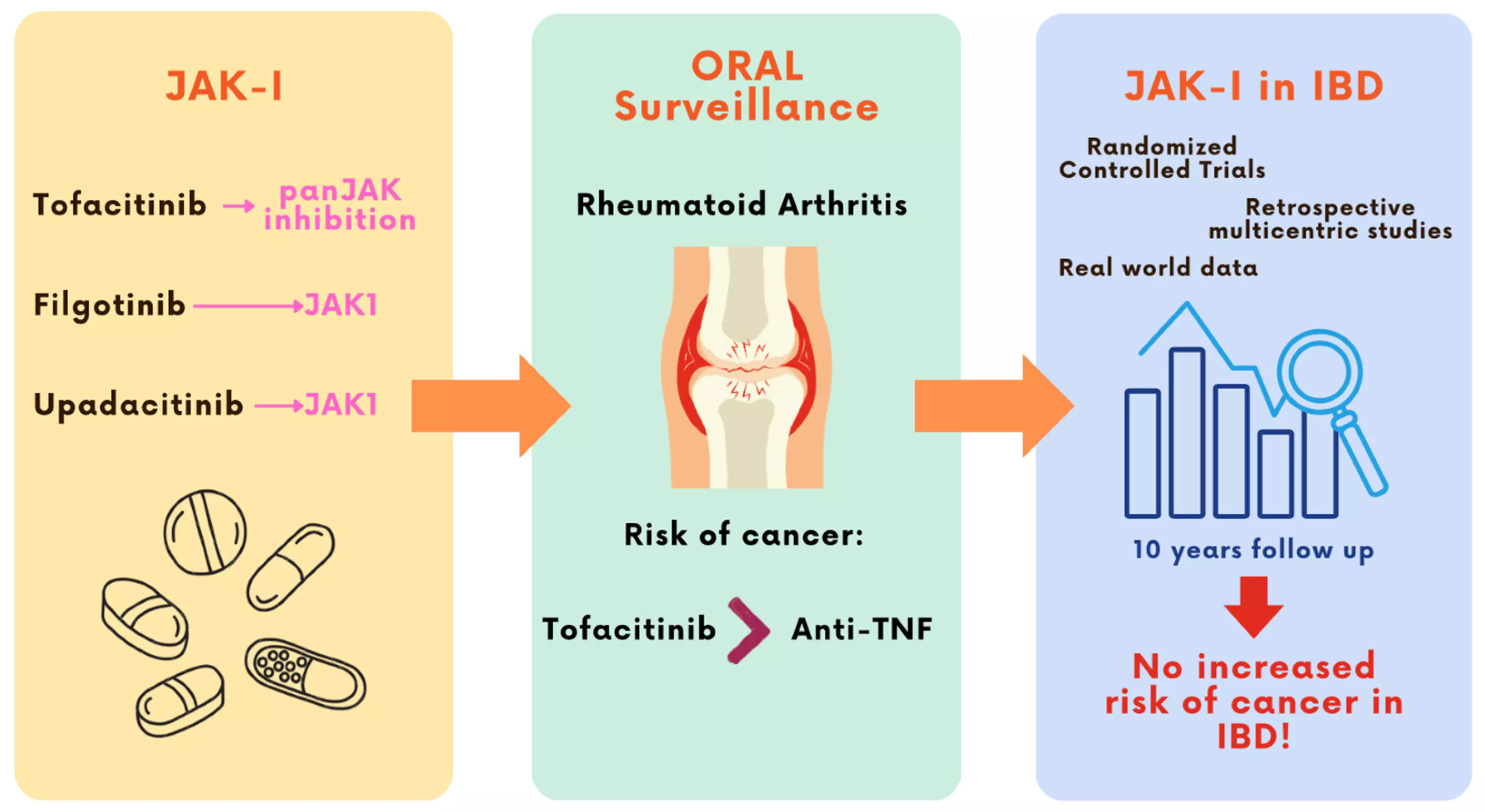Roxadustat Linked to Hemoglobin Overshoot in Non-Dialyzed CKD Patients: Study

Japan: Researchers have found in a new study that Roxadustat therapy in non-dialyzed chronic kidney disease (CKD) patients may lead to hemoglobin (Hb) overshoot, particularly when switching from erythropoiesis-stimulating agents (ESAs). Researchers further highlighted the need for careful Hb monitoring before and after initiating treatment to avoid potential adverse outcomes.
The study, published in Internal Medicine and led by Dr. Masanori Tamaki and colleagues from the Department of Nephrology, Tokushima University Hospital, Japan, examined the short-term effects of switching from ESA therapy to roxadustat in CKD patients with anemia who were not on dialysis. Roxadustat, an oral hypoxia-inducible factor-prolyl hydroxylase inhibitor, is known to boost hemoglobin production, but little data exists on how rapidly Hb levels could rise following a treatment change.
The retrospective, 8-week pilot study involved 86 adult patients with advanced CKD. Of these, 23 patients transitioned from ESA therapy (either darbepoetin or epoetin beta pegol) to roxadustat, while 63 continued on ESAs. The primary outcome was the occurrence of hemoglobin overshoot, defined as an Hb level exceeding 12.5 g/dL during the study period.
The key findings were as follows:
- Hemoglobin (Hb) overshoot occurred in 34.8% of patients (8 out of 23) who received roxadustat.
- In contrast, only 3.2% of patients (2 out of 63) in the ESA group experienced Hb overshoot.
- The likelihood of Hb overshoot was significantly higher in the roxadustat group, with an odds ratio of 20.2 after adjusting for patient background factors.
- In patients who stopped taking roxadustat the following overshoot, hemoglobin levels returned close to baseline within four weeks.
- Risk factors for Hb overshoot included younger age and higher baseline levels of hemoglobin and hematocrit.
The authors emphasized that while roxadustat is effective in managing anemia in non-dialyzed CKD patients, the risk of rapid Hb elevation must be considered. Early and regular monitoring of hemoglobin levels after initiating treatment is critical to avoid potential complications, such as cardiovascular events that may be associated with elevated Hb.
The authors concluded, “The study sheds light on the need for individualized anemia management strategies when using roxadustat in CKD care. Clinicians are advised to remain cautious and adopt proactive monitoring protocols when switching patients from ESAs to roxadustat therapy.”
Reference:
Tamaki M, Inagaki T, Minato M, Shibata E, Nishioka R, Nishioka S, Matsubara Y, Sasaki M, Tamaki M, Tamaki M, Hasegawa K, Nagai K, Wakino S. Roxadustat for Treating Anemia in Patients with Advanced Chronic Kidney Disease Not Undergoing Dialysis: A Retrospective Study. Intern Med. 2025 May 1;64(9):1303-1314. doi: 10.2169/internalmedicine.3773-24. Epub 2024 Oct 17. PMID: 39370259; PMCID: PMC12120232.
Powered by WPeMatico



















